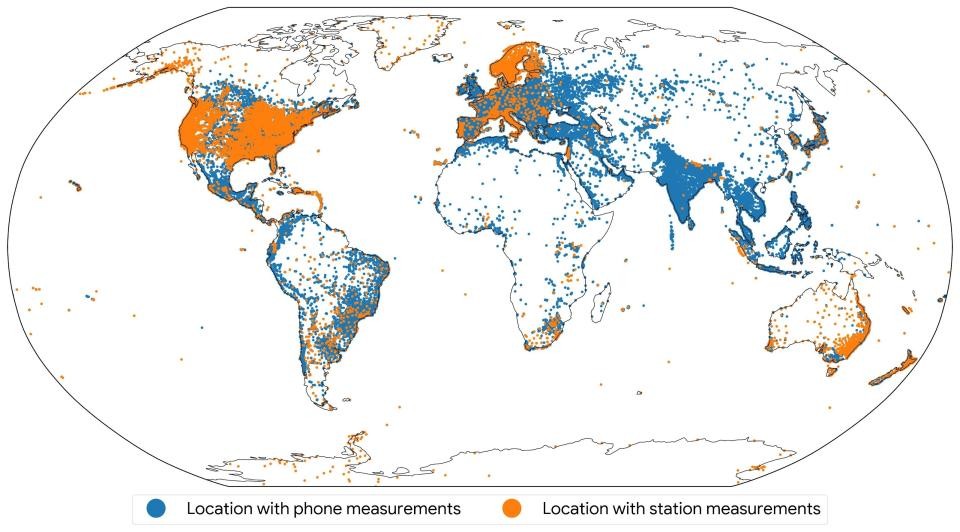
In a groundbreaking development, Google Research has transformed millions of Android smartphones into a vast network of sensors to map Earth's ionosphere, marking one of the largest crowdsourced navigation initiatives ever undertaken.
The ionosphere, a plasma layer extending 50 to 1,500 kilometers above Earth, plays a key role in navigation accuracy by affecting satellite signals. While specialized ground stations traditionally monitor these effects, their limited coverage creates blind spots in many regions worldwide.
Google's innovative approach taps into the built-in GPS capabilities of Android phones to collect satellite signal data, effectively doubling the measurement coverage compared to conventional methods. By aggregating data from countless devices, researchers achieved accuracy levels rivaling professional monitoring stations.
The project has yielded remarkable results, particularly in traditionally underserved areas like India, South America, and Africa, where detailed ionospheric mapping was previously impossible due to sparse monitoring networks. The smartphone network successfully tracked complex phenomena including plasma bubbles over India and South America, and captured storm-enhanced density patterns over North America during a recent geomagnetic event.
While individual phone measurements contain more noise than specialized equipment, the massive scale of collected data compensates for this limitation. The collective measurements have proven more effective than traditional models used in mobile devices.
This breakthrough demonstrates how everyday technology can be harnessed for advanced scientific research. By leveraging the widespread presence of smartphones, researchers have created a dynamic, global monitoring system that fills critical gaps in our understanding of atmospheric conditions affecting navigation accuracy.
The project represents a shift in scientific data collection, showing how consumer devices can complement professional equipment to advance our understanding of Earth's upper atmosphere and improve navigation systems worldwide.